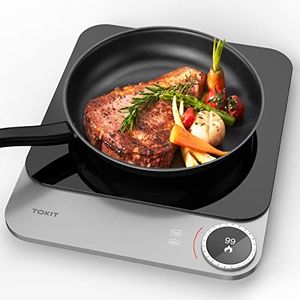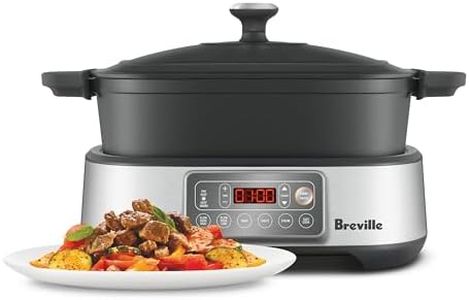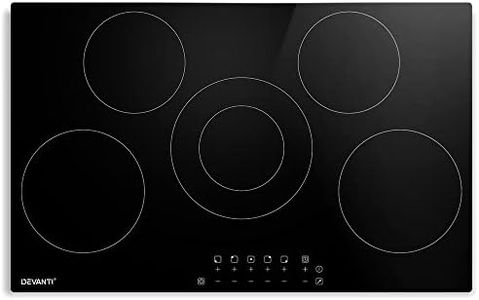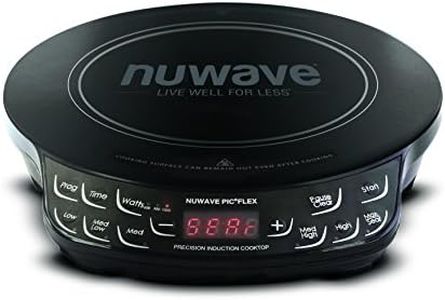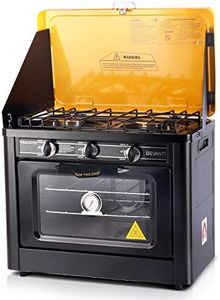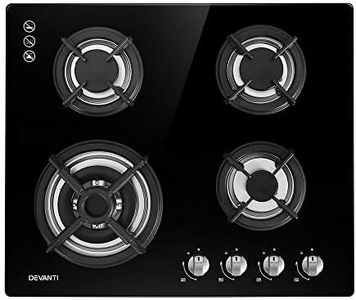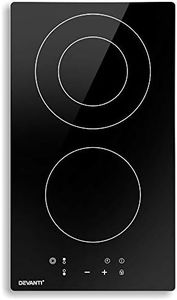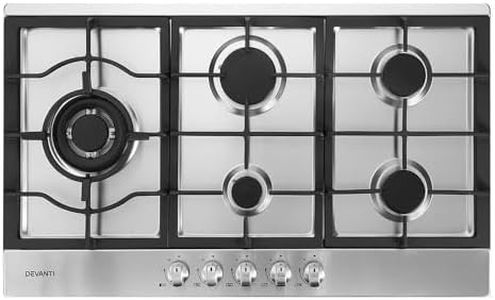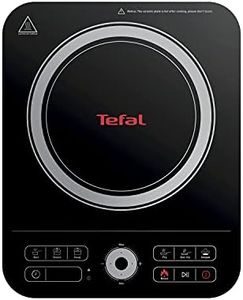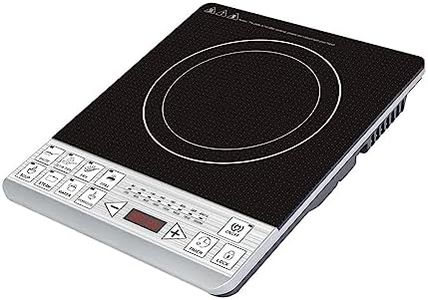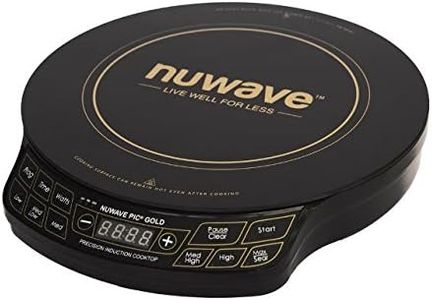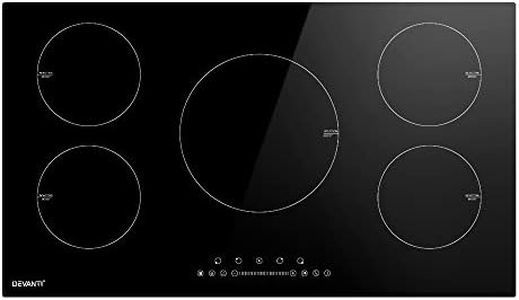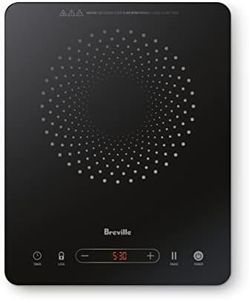We Use CookiesWe use cookies to enhance the security, performance,
functionality and for analytical and promotional activities. By continuing to browse this site you
are agreeing to our privacy policy
10 Best Portable Cooktops
From leading brands and best sellers available on the web.Buying Guide for the Best Portable Cooktops
Choosing a portable cooktop can make cooking more flexible, whether you want to cook outdoors, live in a small apartment, or need an extra cooking surface. The right cooktop lets you prepare your favorite meals safely and efficiently, wherever you are. To find your best fit, it's important to know the main features and how they relate to your cooking habits.Type of Cooktop (Electric, Induction, Gas)The type of cooktop you choose affects heat delivery, cooking style, and where you can use it. Electric cooktops use heated coils or glass tops to transfer heat to your pots, suitable for most cookware types and simple to use but may be slower. Induction cooktops use electromagnetic technology for fast, efficient heating and need compatible magnetic cookware. Gas cooktops, often used outdoors or when electricity isn't available, offer responsive temperature control but require fuel. Think about where you'll use it most—indoors, outdoors, or both—and whether you already have suitable cookware when making your choice.
Number of BurnersThis refers to how many separate cooking zones you have on your cooktop. Single-burner models are compact and lightweight, ideal for occasional use, travel, or tight spaces. Dual-burner options give you more flexibility for cooking multiple dishes at once but are bulkier. Families or frequent cooks may appreciate the extra burner for preparing complete meals, while solo users or those with very limited space might be best with just one.
Power Output (Wattage or BTUs)Power output tells you how quickly and effectively a cooktop can heat up your food. Electric and induction cooktops are rated in watts, with lower wattage (around 1000W) suitable for simple reheating, and higher wattages (up to 1800W or more) ideal for boiling, frying, or searing. Gas cooktops are measured in BTUs—the higher the BTUs, the more powerful the flame. If you cook meals that require high heat or want fast results, pick a cooktop with higher power; for gentle cooking or reheating, a lower-powered device may be enough.
Temperature ControlsThis is about how precisely you can manage the heat. Basic models may have simple high-medium-low dials, while more advanced ones allow for specific temperature settings or digital displays. If you like recipes that need careful heat control—like candy-making or simmering sauces—go for more precise controls. Casual cooks may be happy with fewer settings.
Portability (Size and Weight)Portability is key if you'll be moving your cooktop often or using it outside your home. Smaller, lighter models are easier to carry, pack away, and set up, but may have fewer features or less cooking space. If it will mainly stay in one spot, a heavier or larger model with a stable base might be fine. Consider how and where you plan to use the cooktop to decide what weight and size work for you.
Safety FeaturesPortable cooktops can become very hot, so safety features matter—especially if you have kids or pets around. Look for features like automatic shut-off, overheating protection, anti-slip feet, or cool-to-touch surfaces. If you plan to use the cooktop unattended or in busy spaces, prioritize safety to avoid accidents or burns.
Ease of CleaningSince spills and splatters are likely, the ease of cleaning your cooktop is a practical point. Smooth tops, especially on induction or glass electric models, are the easiest to wipe clean. Cooktops with many grooves, buttons, or exposed burners may require more effort. If you like a low-maintenance kitchen, opt for a cooktop with fewer crevices and surface attachments.
